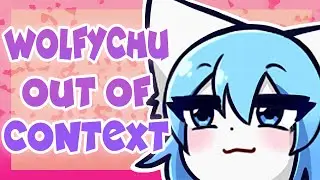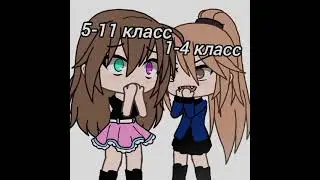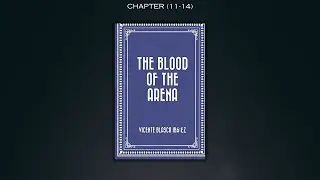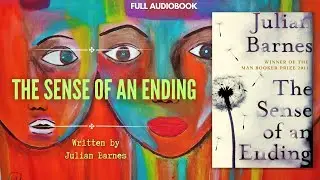God Help the Child | Toni Morrison | Full Audiobook
Title: God Help the Child
Author: Toni Morrison
Genre: Literary Fiction
Published: 2015
Awards: While God Help the Child itself did not win any major awards, Toni Morrison was a highly decorated author. She won the Pulitzer Prize for her novel Beloved (1987) and the prestigious Nobel Prize in Literature in 1993.
Timestamps:
PART I
0:00 - Chapter 1: Sweetness
8:29 - Chapter 2: Bride
34:24 - Chapter 3: Brooklyn
42:58 - Chapter 4: Bride
1:03:50 - Chapter 5: Sweetness
1:08:34 - Chapter 6: Bride
1:33:14 - Chapter 7: Brooklyn
1:37:24 - Chapter 8: Bride
1:42:47 - Chapter 9: Sofia
1:52:49 - PART II
1:56:51 - Chapter 10: Sofia
1:59:39 - PART II - 2
2:43:50 - Chapter 11: Rain
2:47:41 - PART III
PART IV
3:40:13 - Chapter 12: Brooklyn
3:42:42 - PART IV - 1
4:38:24 - Chapter 13: Sweetness
God Help the Child is the eleventh novel by American novelist Toni Morrison. Published in 2015, it explores a number of complex themes, including:
Race and Colorism: Morrison delves into the issue of race in America, but with a specific focus on intraracial prejudice, or colorism. The novel centers on the experience of a Black woman, Bride, who is ostracized by her own family because of her dark skin. Bride's light-skinned mother, Sweetness, resents her daughter and longs for a life where she can pass for white. This internalized racism and obsession with lighter skin color shapes Bride's life and is a major source of her emotional pain.
Child Abuse and Healing: The novel explores the devastating effects of child abuse. Bride endures physical and emotional abuse from her mother throughout her childhood. This trauma continues to affect her as an adult, impacting her relationships and self-esteem. The road to healing for Bride is a long and difficult one, but the novel offers a glimmer of hope for her eventual self-acceptance.
Inherited Trauma: The novel suggests that trauma can be passed down through generations. Sweetness's own negative experiences, possibly shaped by racism and sexism of her time, lead to her cruelty towards her daughter. Bride must grapple not only with her own experiences but also with the legacy of pain her mother carries.
Beauty Standards and Identity: Morrison explores the societal pressures placed on women, particularly Black women, to conform to Eurocentric standards of beauty. Bride's dark skin is seen as undesirable by her mother, making Bride feel worthless and ashamed. The novel challenges these narrow definitions of beauty and encourages self-acceptance.
Family and Relationships: The novel portrays the complexities of family relationships. Bride's relationship with her mother is one of abuse and rejection. However, the novel also explores the possibility of finding connection and love outside of the traditional family unit. Bride develops a tentative bond with a former classmate, Rain, who offers her a form of acceptance and understanding that she never received from her mother.
Self-discovery and Acceptance: At the heart of the novel is Bride's search for self-discovery and acceptance. Throughout the story, Bride grapples with her identity and her place in the world. As she confronts the traumas of her past, she slowly begins to develop a sense of self-worth.
#God_Help_the_Child
#Toni_Morrison
#audiobook
#pustok_kit































